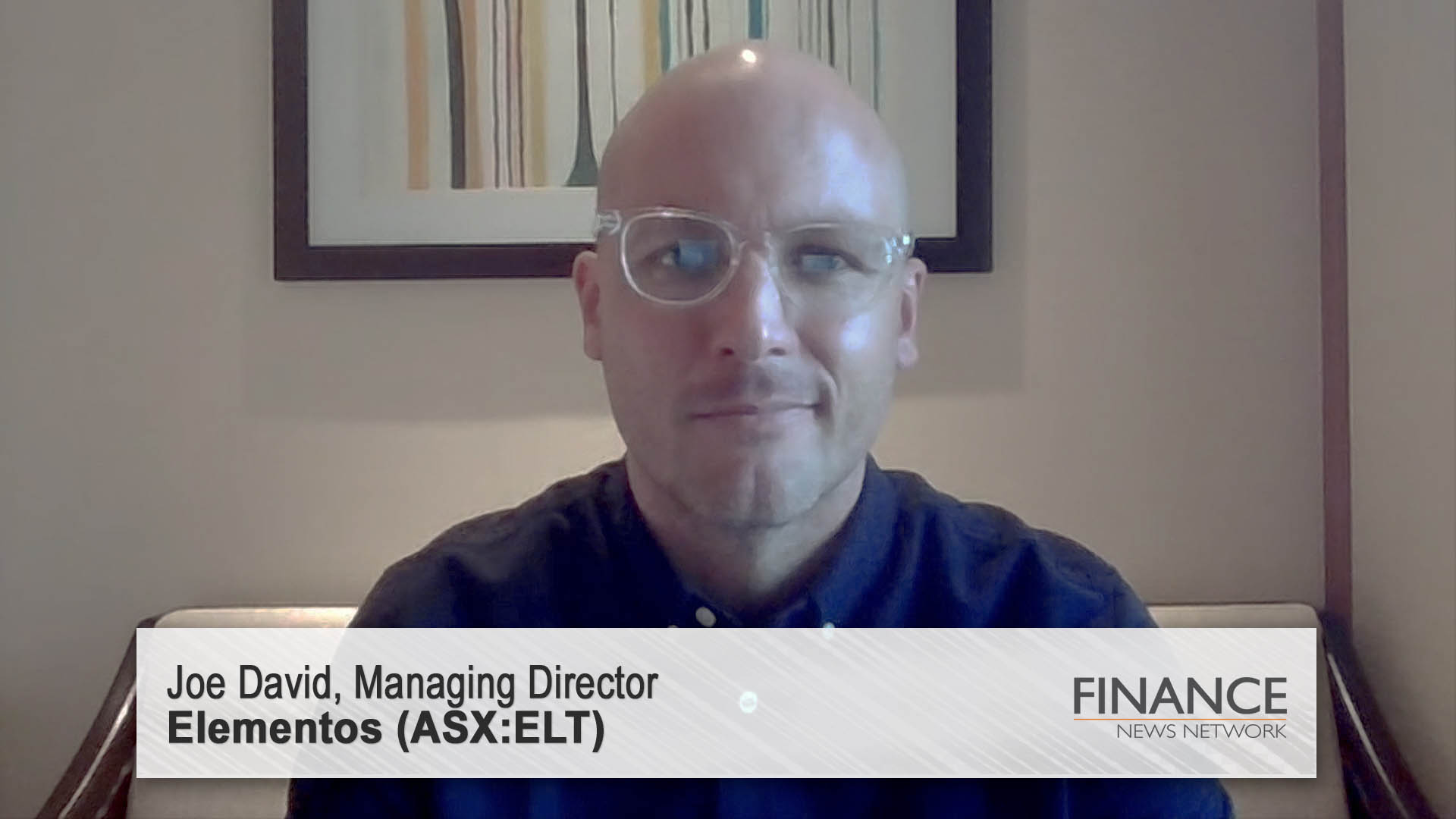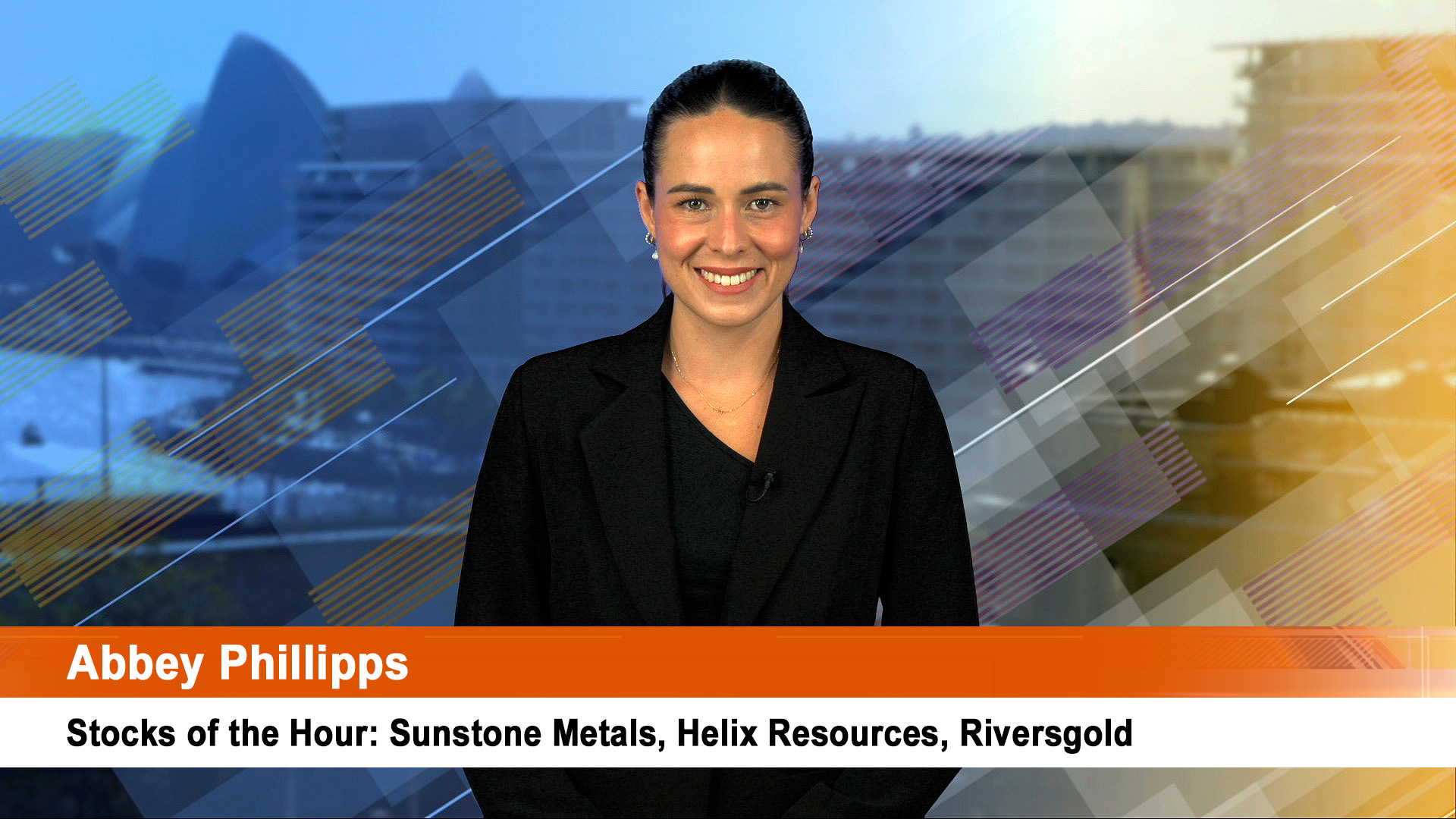Australian wages again stalled in the three months to March, raising doubts about a key part of the government’s 2017-18 budget, and leaving millions of Australian private sector employees further behind.
Data from the Australian Bureau of Statistics yesterday showed the Wage Price Index rose by just 0.5% in the March quarter, leaving annual wages growth at a record low of just 1.9%.
In fact wages growth was negative in real terms in the March quarter with headline inflation running at an annual rate of 2.1%.
Negative real wage growth has occurred only twice since current records began two decades ago: during the global financial crisis, and across nine months in 2013-14.
Private sector wages growth is even lower at just 1.8% year on year. In Western Australia wages growth slipped to just 1.2% year on year reflecting the downturn in the WA economy.
Not a single industry from manufacturing to healthcare raised wages more than 2.3% annually. Workers in mining, saw annual wage increases of 0.6% (down sharply in real terms). And wages in the public sector rose at an annual rate of 2.4% (up in real terms).

Continued high levels of unemployment and particularly underemployment – which together total over 14% of the workforce – are clearly keeping wages growth at record low levels. Workers simply have no bargaining power.
The AMP’s chief economist, Dr Shane Oliver said yesterday that “with the cost of living as measured by the CPI now rising faster than wages real wages are falling and this will act as a drag on consumer spending.
"Weak wages growth also implies ongoing downwards pressure on underlying inflation which risks staying below the RBA’s 2-3% inflation target for longer than its currently assuming.
“Ongoing record low wages growth also underlines the risk that the Government won’t see the doubling in wages growth it assumed in the Budget over the next four years and as a result government revenue growth will disappoint further delaying the return to a budget surplus.”
“The combination of continuing record low wages growth and soft consumer spending indicate that the risk of another RBA rate cut this year is far higher than a hike.
“Our base case is that rates are on hold but if retail sales and wages growth don’t show signs of picking up soon and home price gains in Sydney and Melbourne slow then the RBA will cut again by year end,” Dr Oliver wrote.
He also pointed out that the 2016-17 federal budget looks to have provided no early boost to consumer confidence “ ith the positives of more spending on infrastructure and education possibly being offset by the impact of an increase in the Medicare levy (albeit its two years away and may not happen)."
“Continuing softness in consumer spending at a time of high underemployment, weak wages growth and a declining wealth effect if Sydney and Melbourne home price gains slow points to continued softness in retail sales going forward,” he added.
However, S&P said the nation’s economic outlook would remain negative because of the "risks to Australia’s fiscal consolidation plan and risks to the economic, fiscal, and financial stability outlook should the rapid growth of credit and house prices continue".
In particular, the agency has flagged concern about whether projected revenues – for example, from income tax revenue that comes from wages – will materialise.
the budget has forecast wage growth to rebound to 3.75 per cent by 2020, which would deliver a 16 per cent boost to tax receipts and help secure a surplus by 2021.
"The negative outlook on Australia reflects our view that if downside risks to government revenue materialise, then budget deficits could persist for several years, with little improvement, unless the Parliament implements more forceful fiscal policy decisions," the agency said.
To reach its projected surplus by 2020-21, S&P suggested in its statement, "additional restrictive measures" might be required to bring the budget under control.













